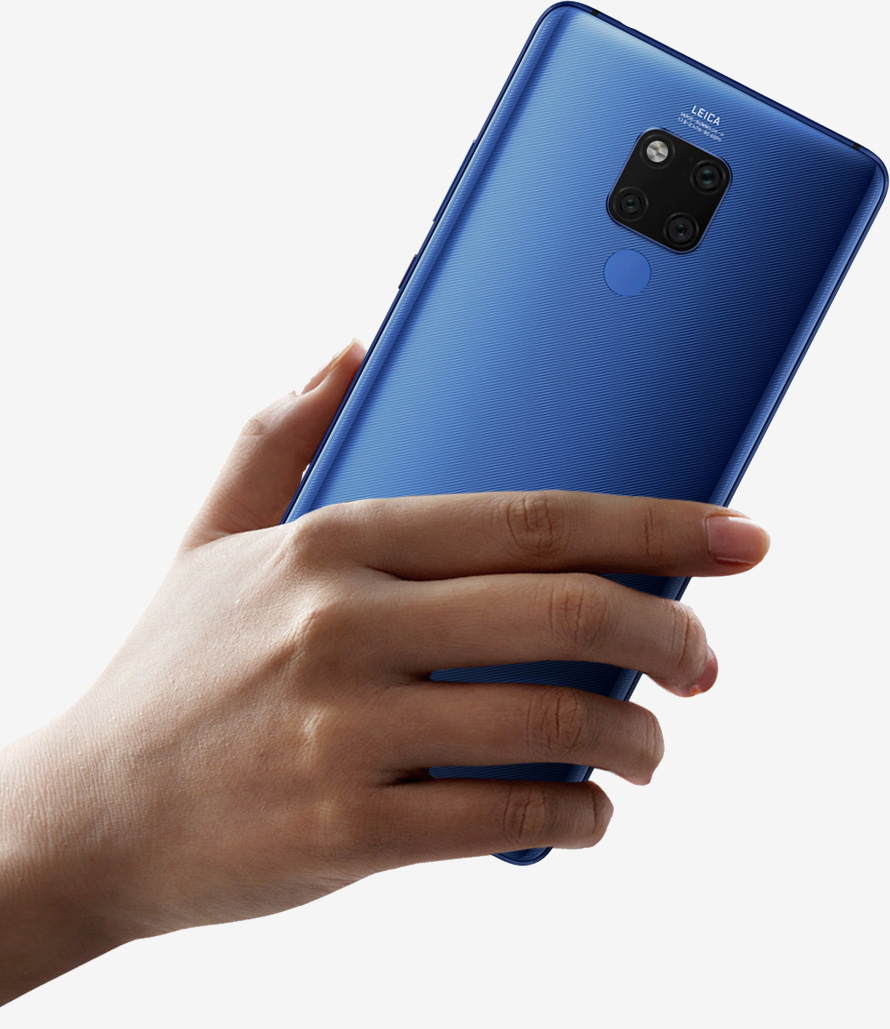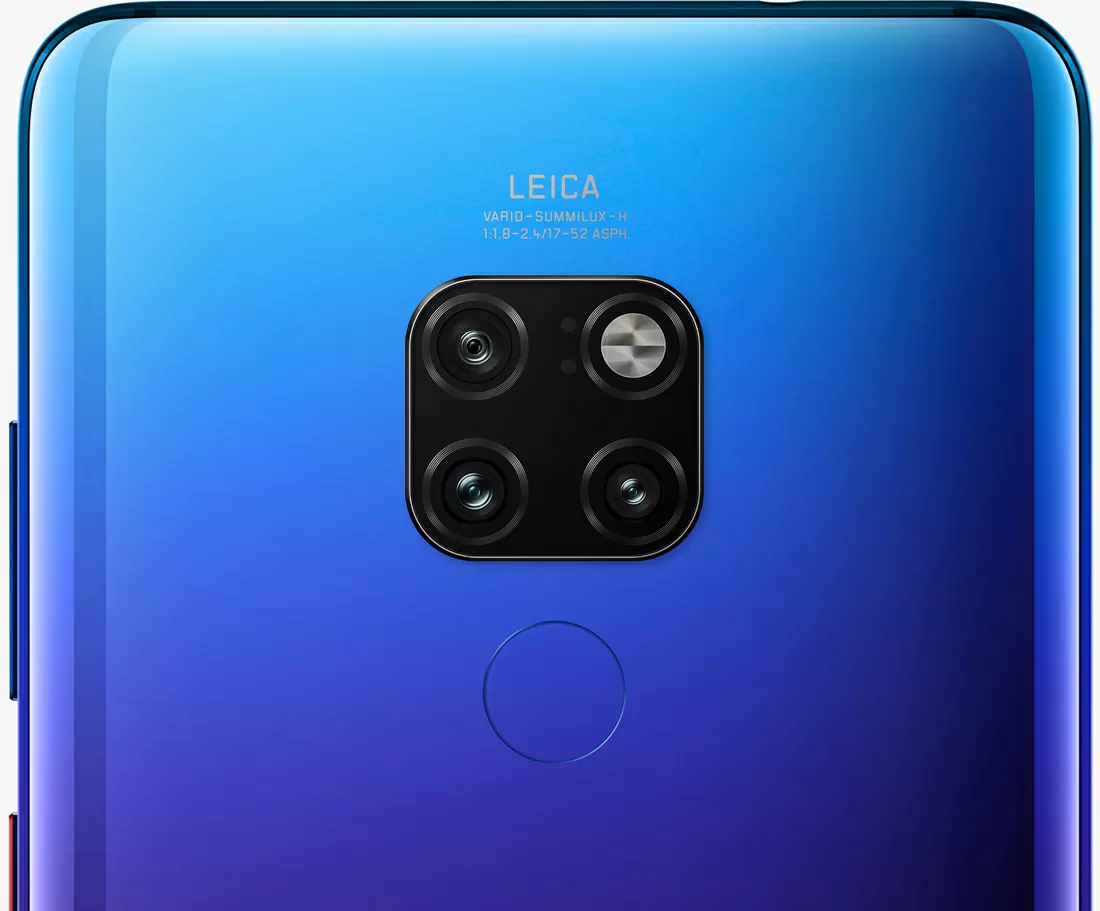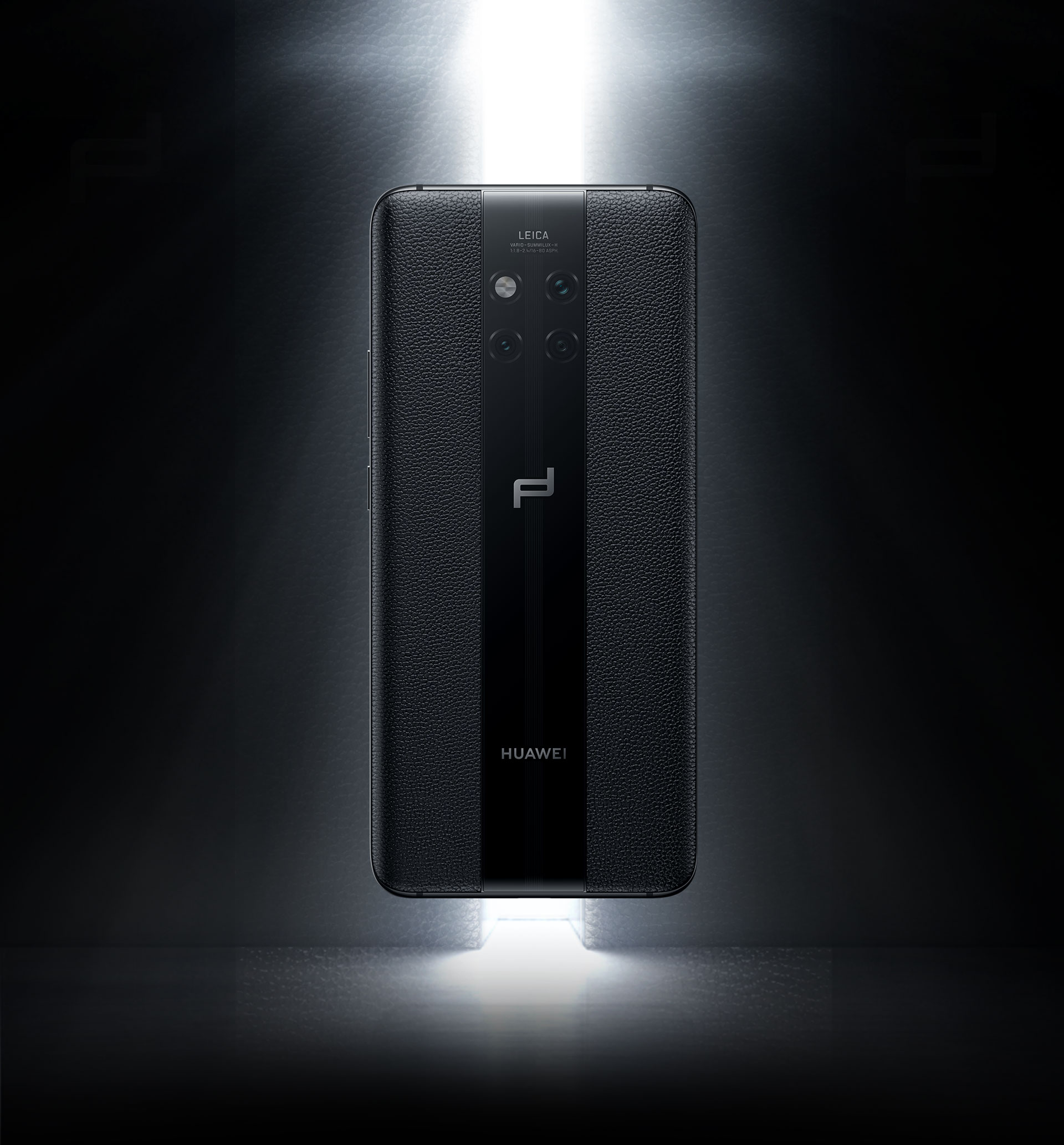Bottom line: Huawei's new Mate 20 Series could vie for the title of best Android phone of 2018 but the fact that it isn't coming to the US really hurts its chances. If you aren't scared off by potential privacy concerns and availability issues, it may be worth further consideration.
Huawei at a flashy media gathering on Tuesday in London announced the Mate 20 Series, its flagship line of smartphones encompassing four devices – the Mate 20, the Mate 20 Pro, the Porsche Design Mate 20 RS and the Mate 20 X.
The Mate 20 Series is powered by Huawei’s own Kirin 980 Soc. Built on a 7nm process, this new chipset offers a CPU that is 75 percent more powerful than the Kirin 970 and features a GPU that is 46 percent more powerful. The NPU, meanwhile, is said to be 226 percent more powerful than its predecessor.

Accompanying the added power is increased efficiency. Huawei claims the CPU, GPU and NPU are 57 percent, 178 percent and 182 percent more efficient, respectively, compared to the previous iteration.
The Mate 20 features a 6.53-inch LCD display boasting a resolution of 2,244 x 1,080 while the Mate 20 Pro has a slightly smaller 6.39-inch OLED panel at 3,120 x 1,440 pixels. Or how about the Mate 20 X with its massive 7.2-inch display? The Mate 20 will be offered with your choice of 4GB or 6GB of RAM while the Mate 20 Pro will only come in a 6GB + 128GB combination.

Unique to Huawei’s Mate 20 Series is the rear-facing Matrix Camera system, a tri-camera array arranged in a square shape that consists of a 40-megapixel main camera with f/1.8 aperture, a 20-megapixel ultra-wide camera with f/2.2 aperture and an 8-megapixel telephoto camera with f/2.4 aperture. Rounding out the square is a standard flash element.
The Mate 20 Series also impresses in the battery department. The Mate 20 Pro packs a sizable 4,200mAh battery with wireless charging capabilities. Conveniently enough, it also has what Huawei calls wireless reverse charge technology which allows the device to work as a power bank for other electronics supporting wireless charging.

If that’s not enough capacity, perhaps the Mate 20 X’s 5,000mAh pack will better suit your needs?
Huawei’s new Mate 20 Series is big, bold and beautiful but the fact that it isn’t destined for US markets is a bummer. Those in overseas markets, however, will be able to get their hands on Huawei’s latest from today starting at 799 Euros.
https://www.techspot.com/news/76952-huawei-announces-mate-20-series-featuring-7nm-kirin.html